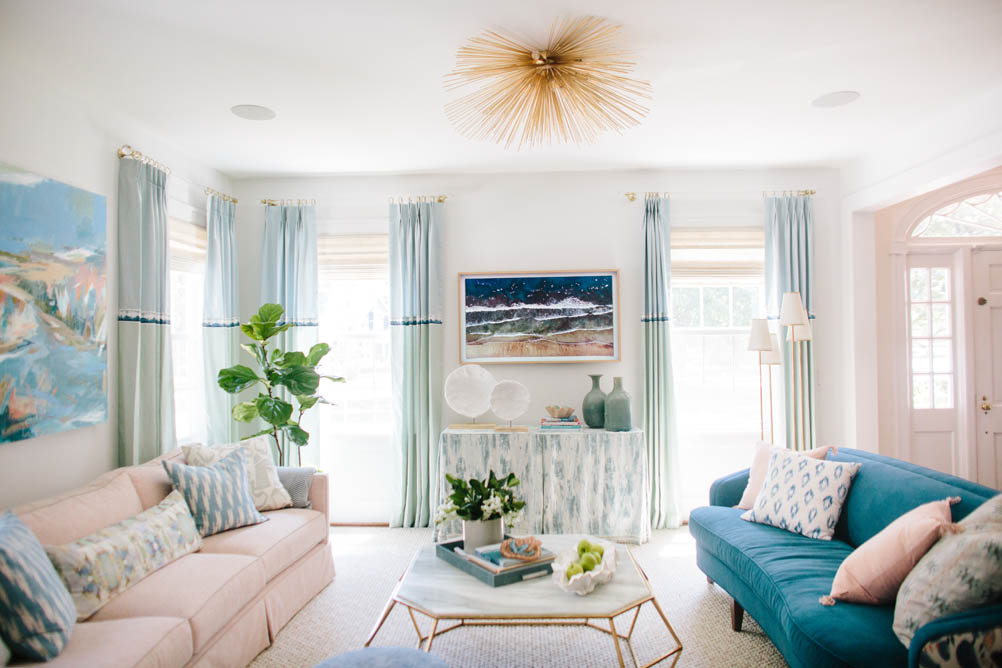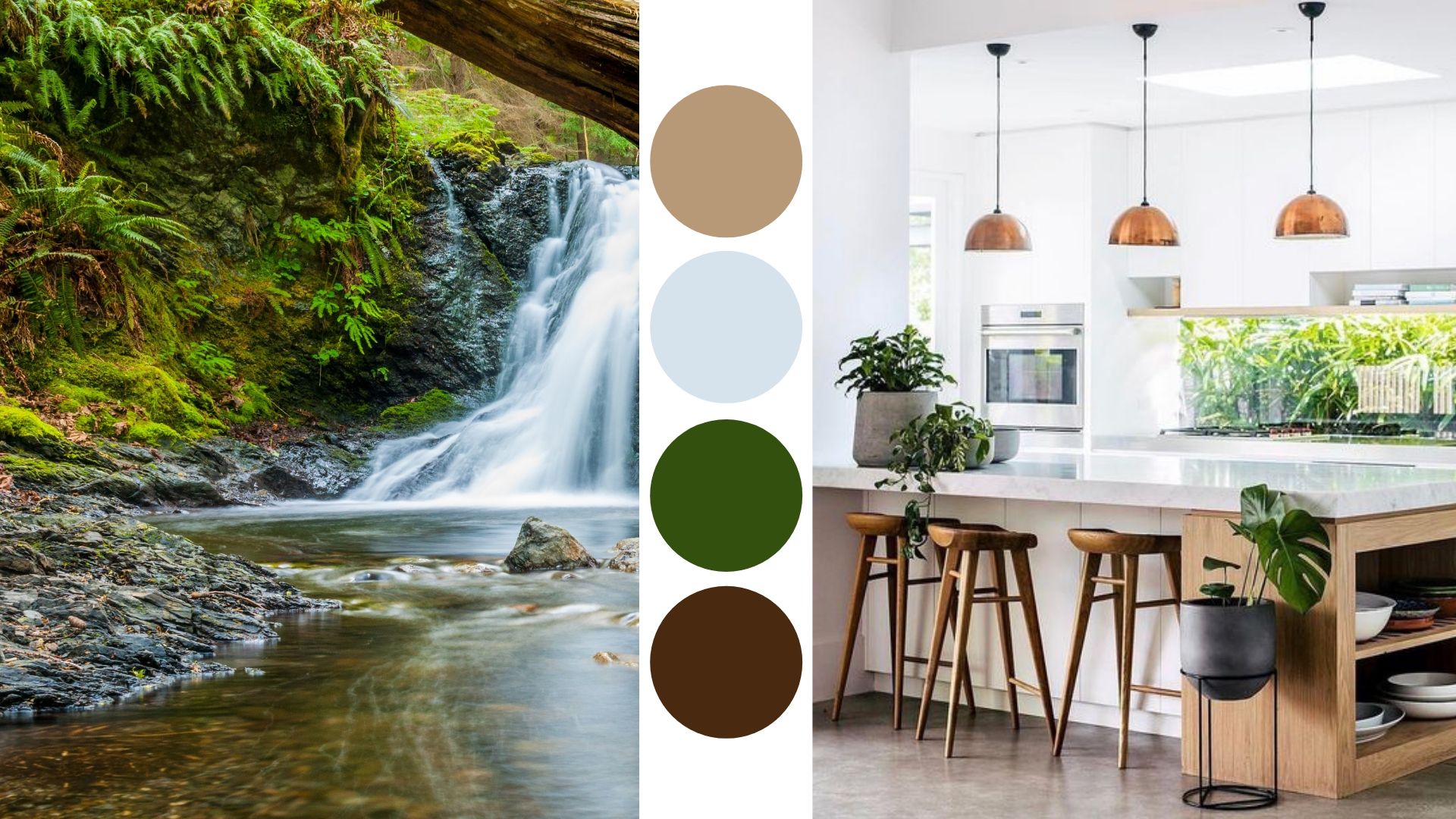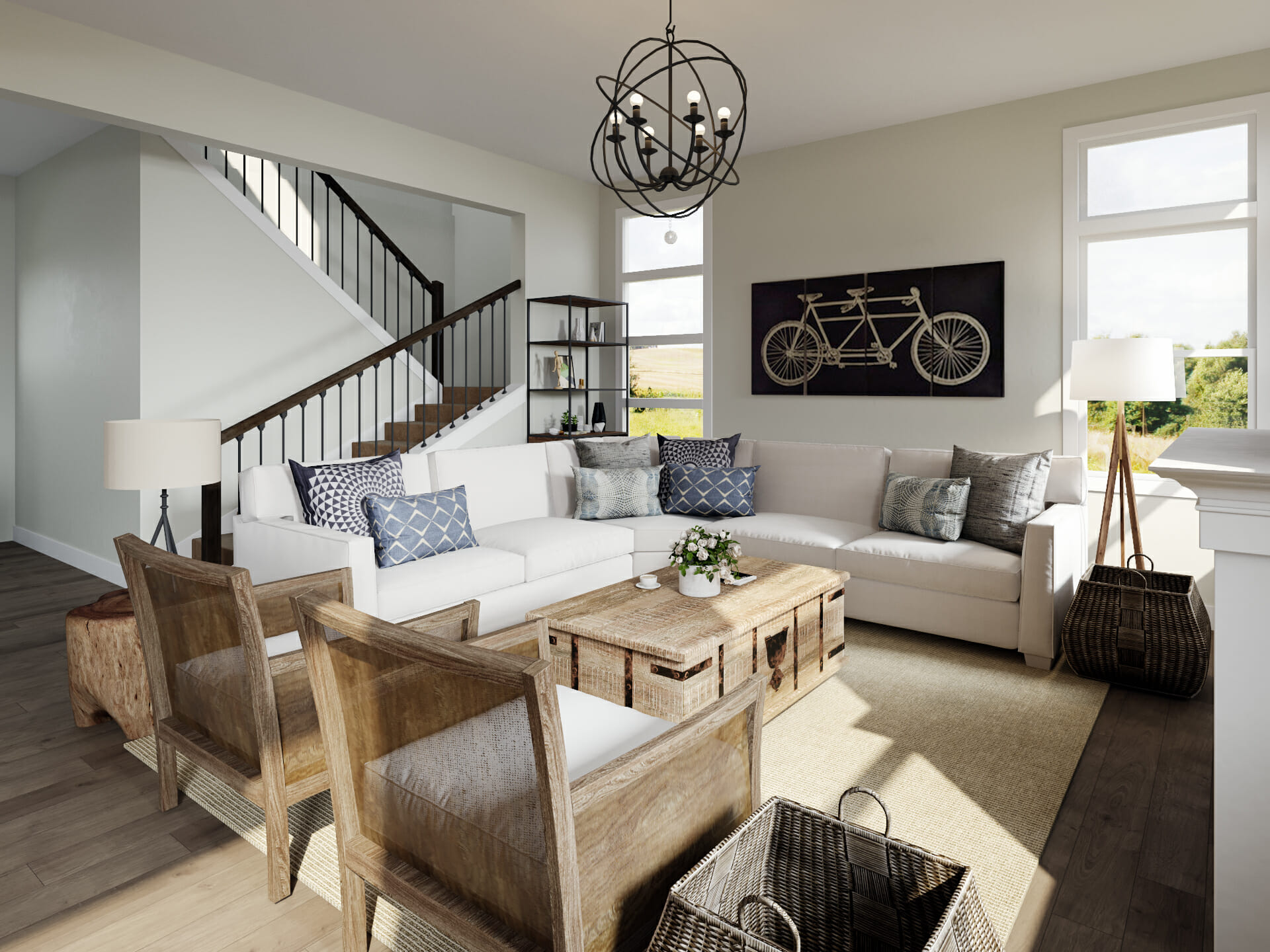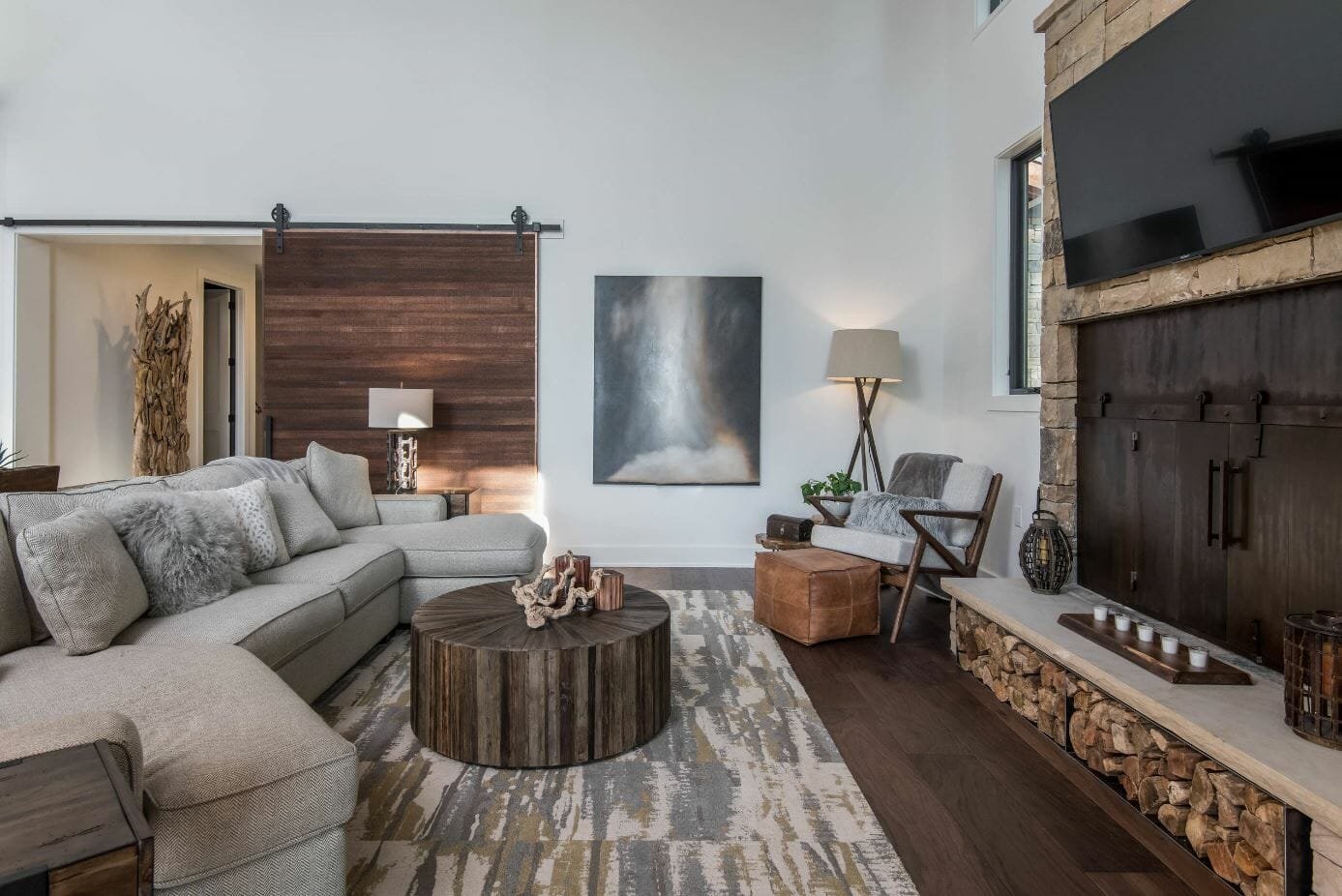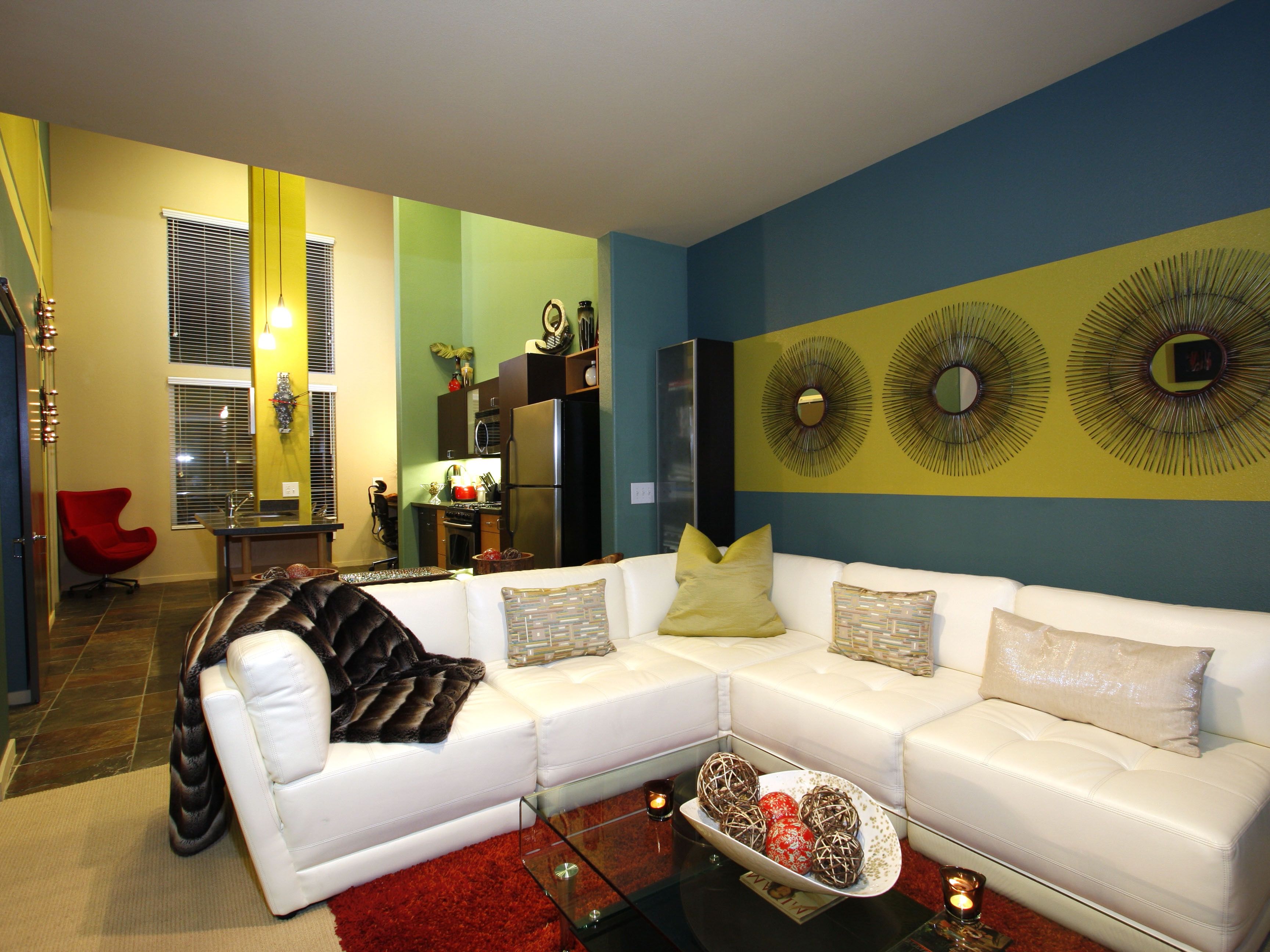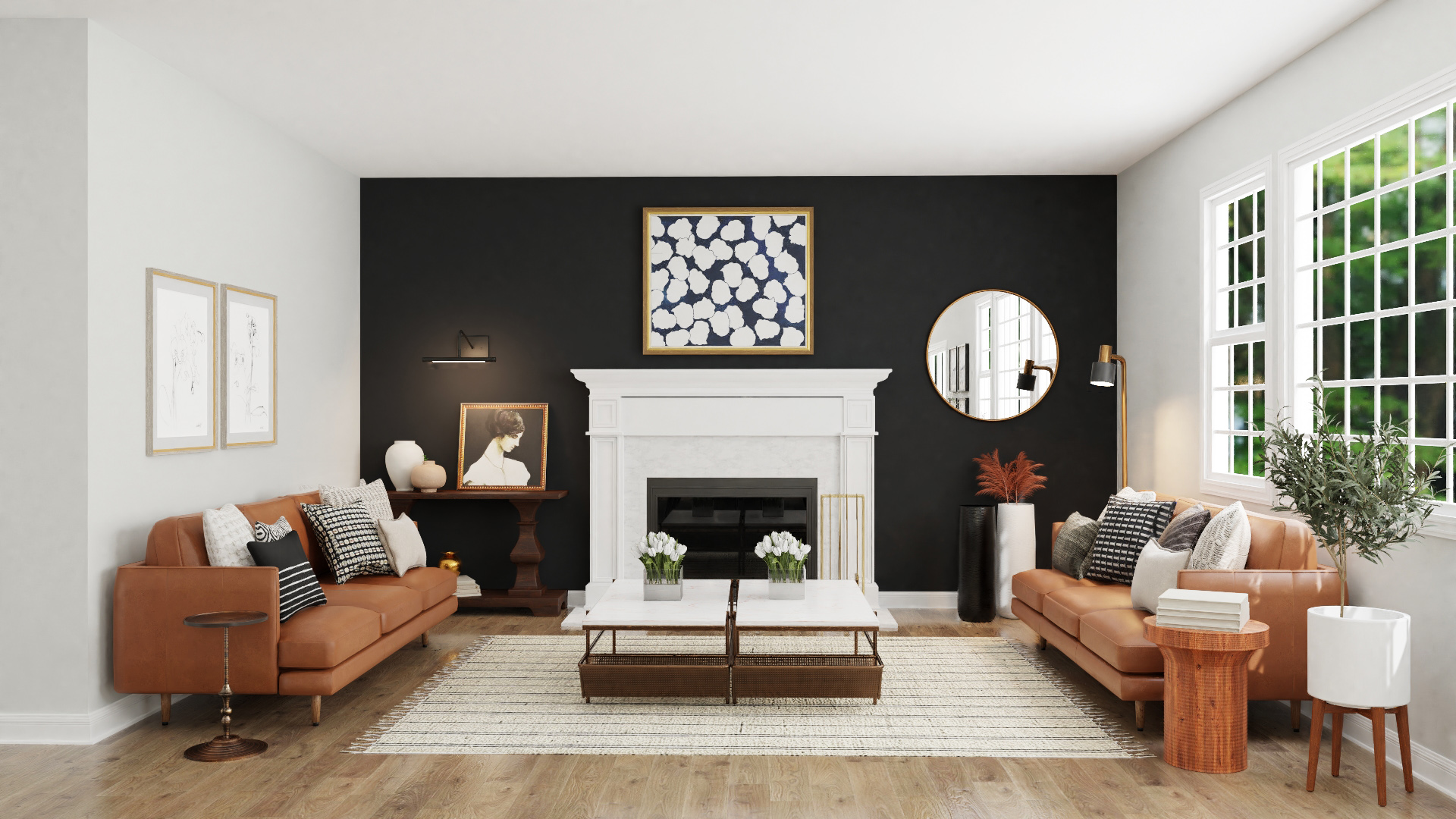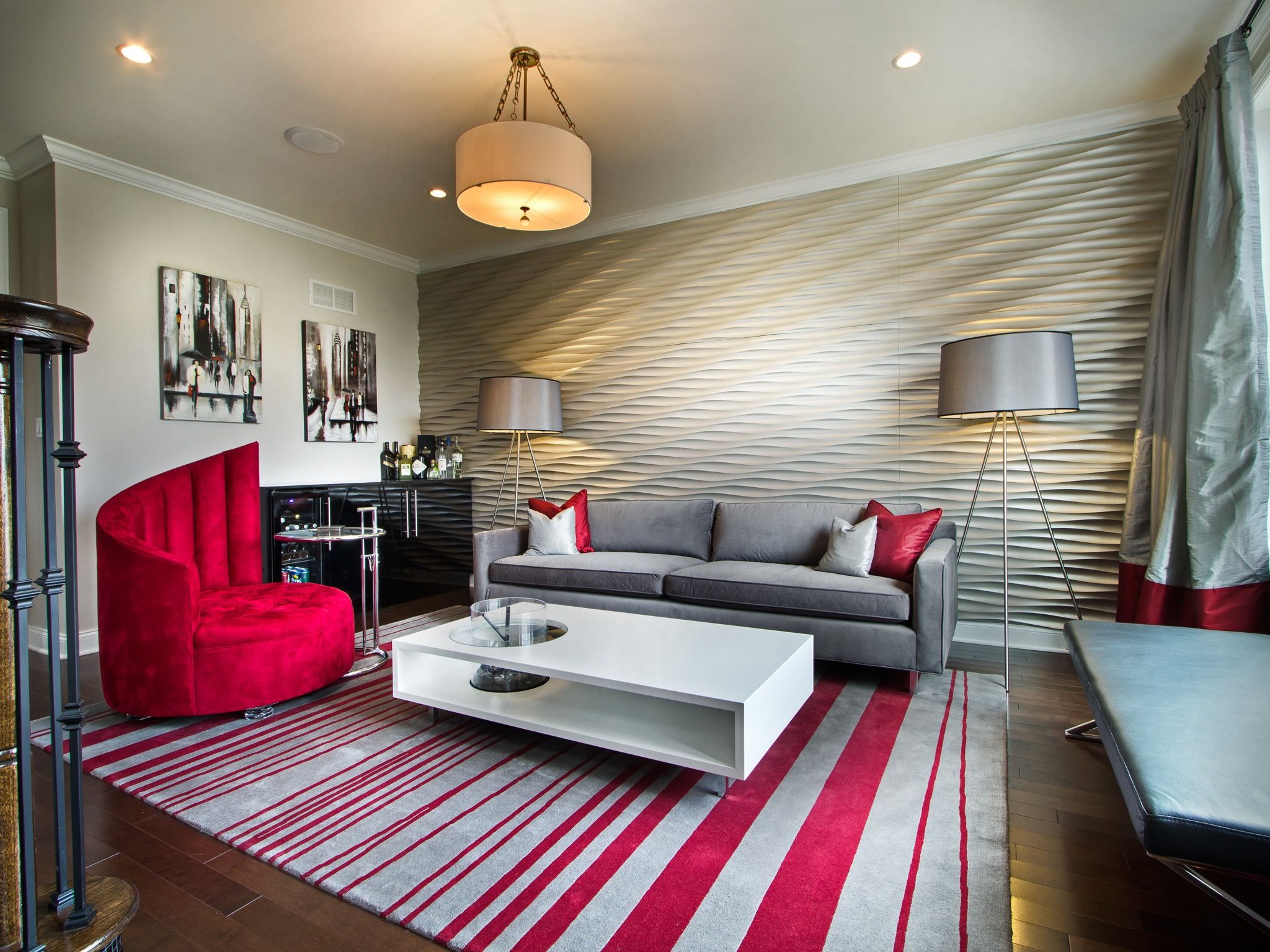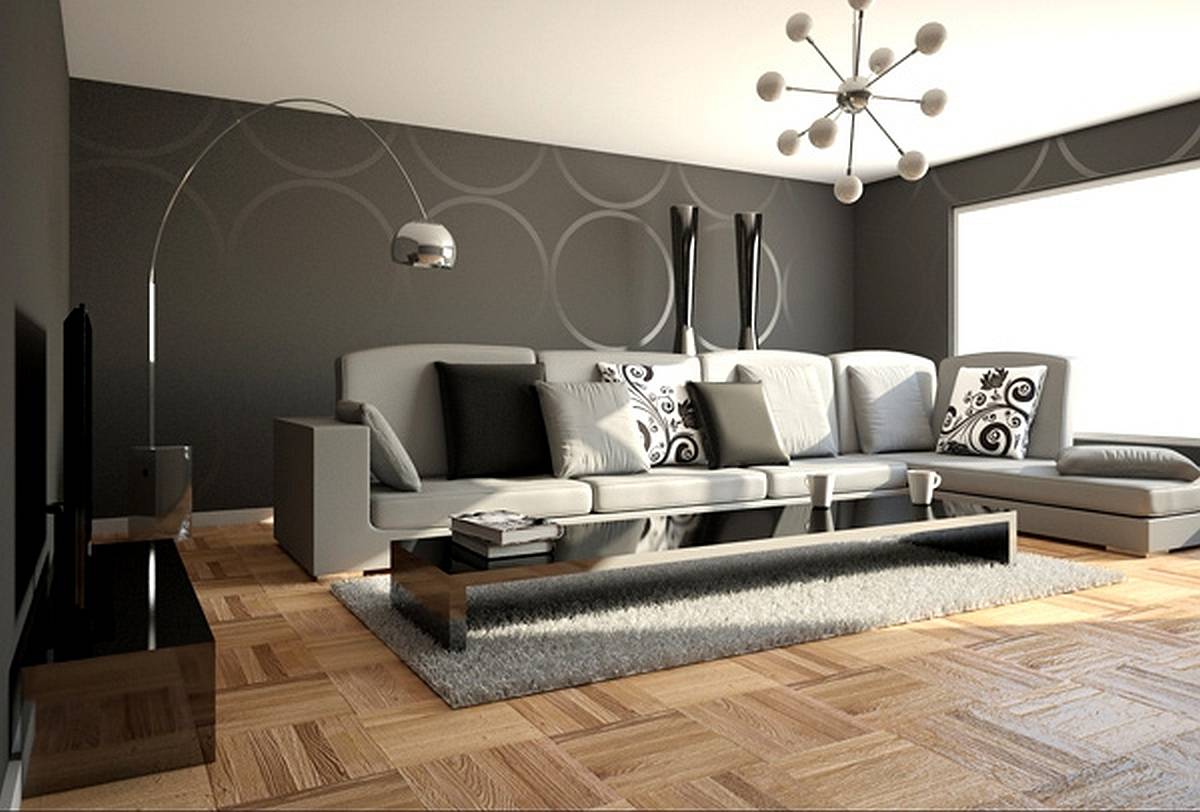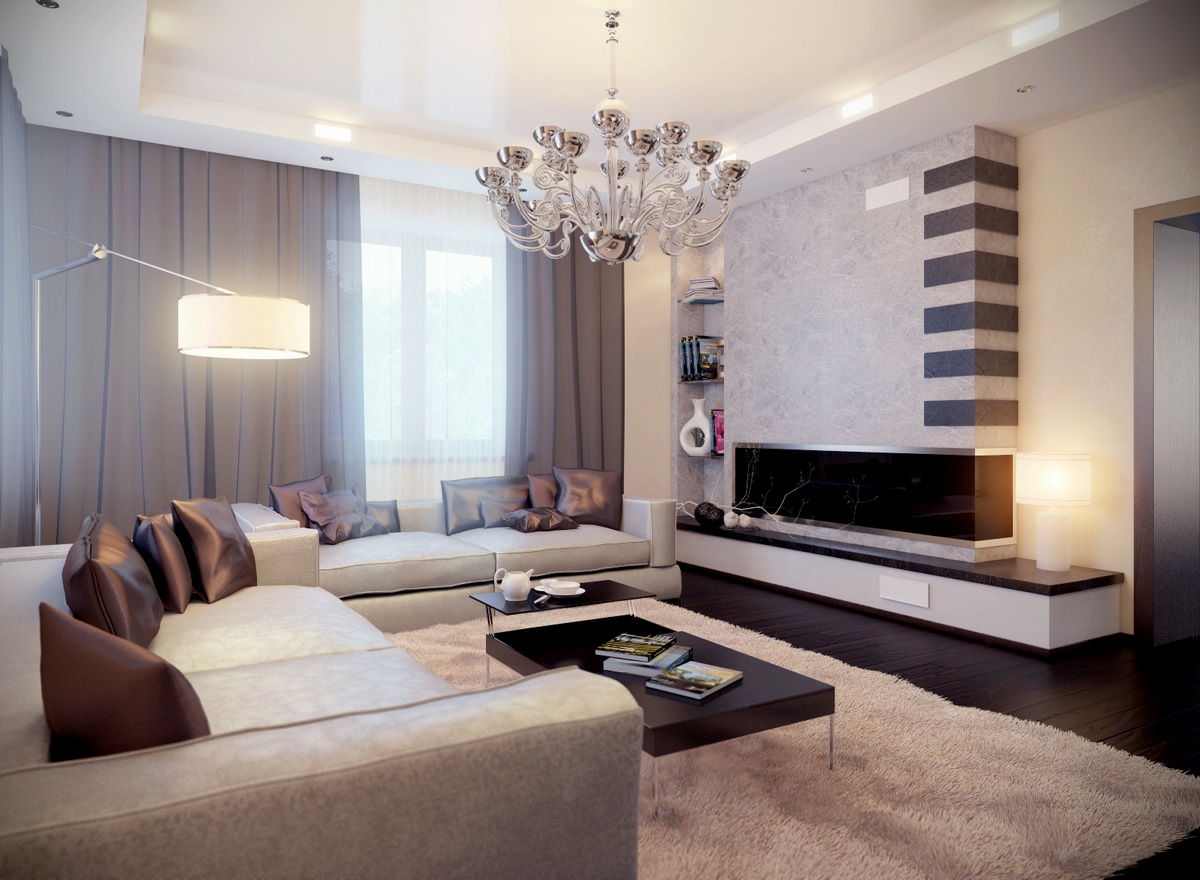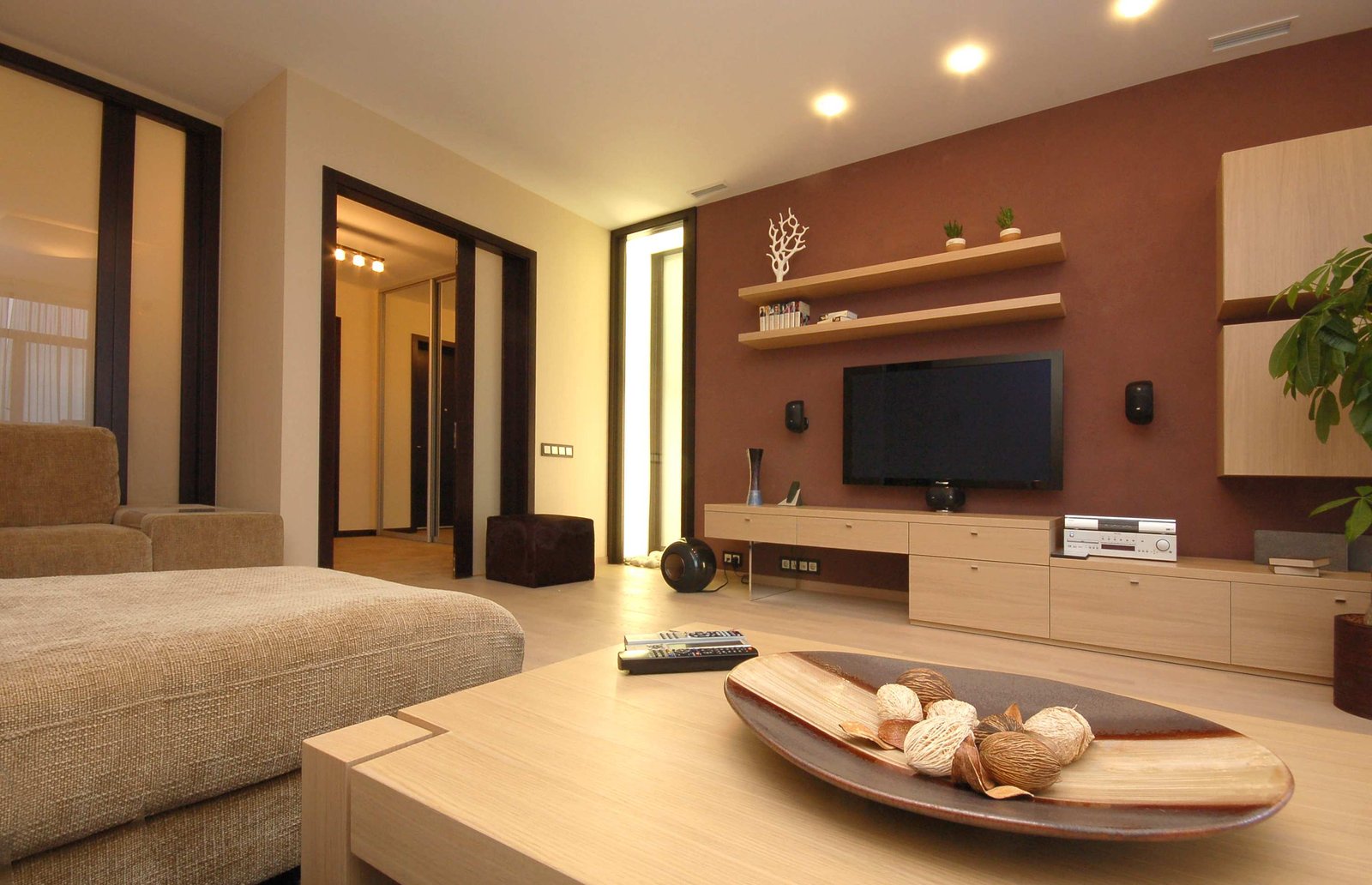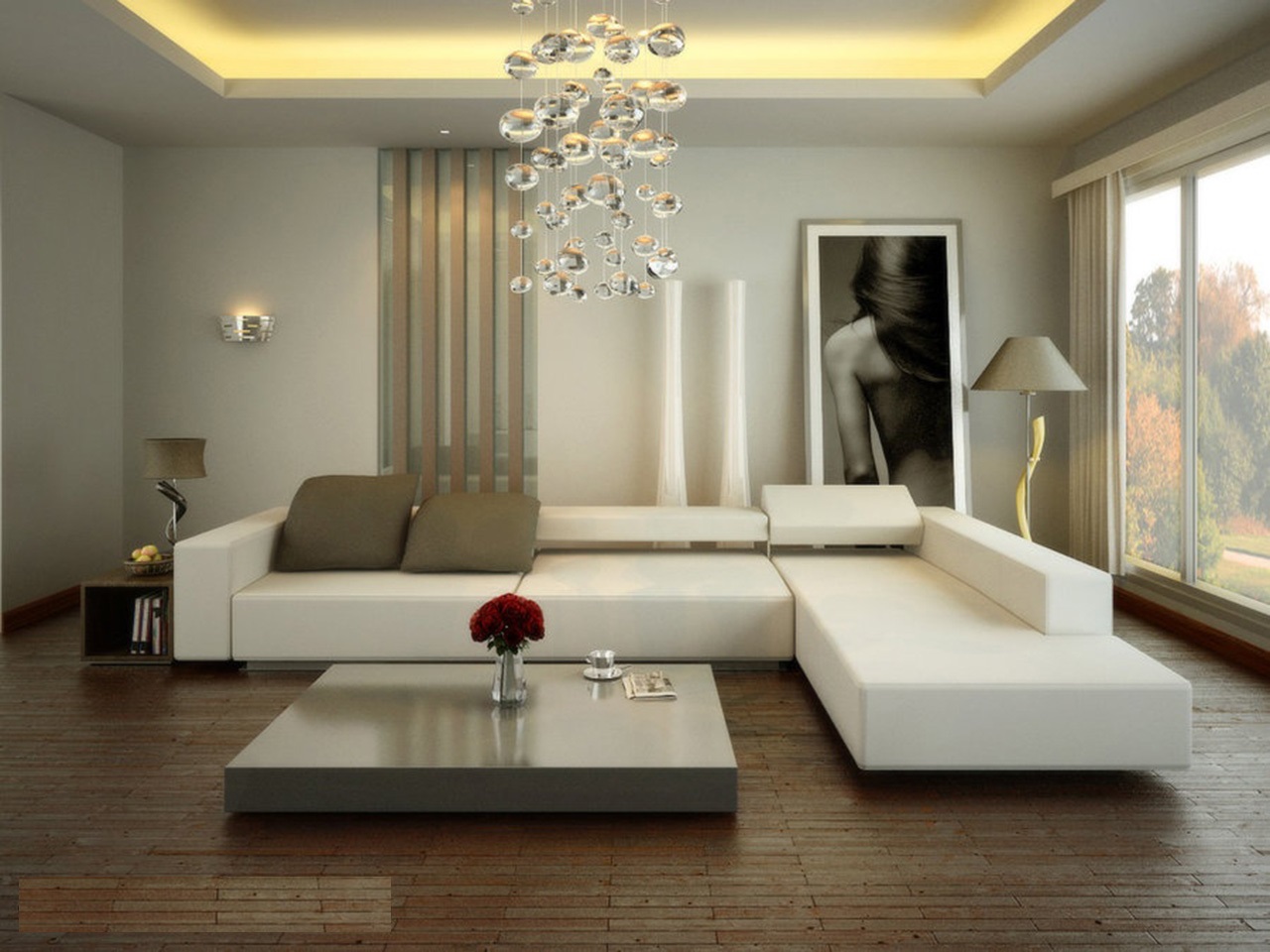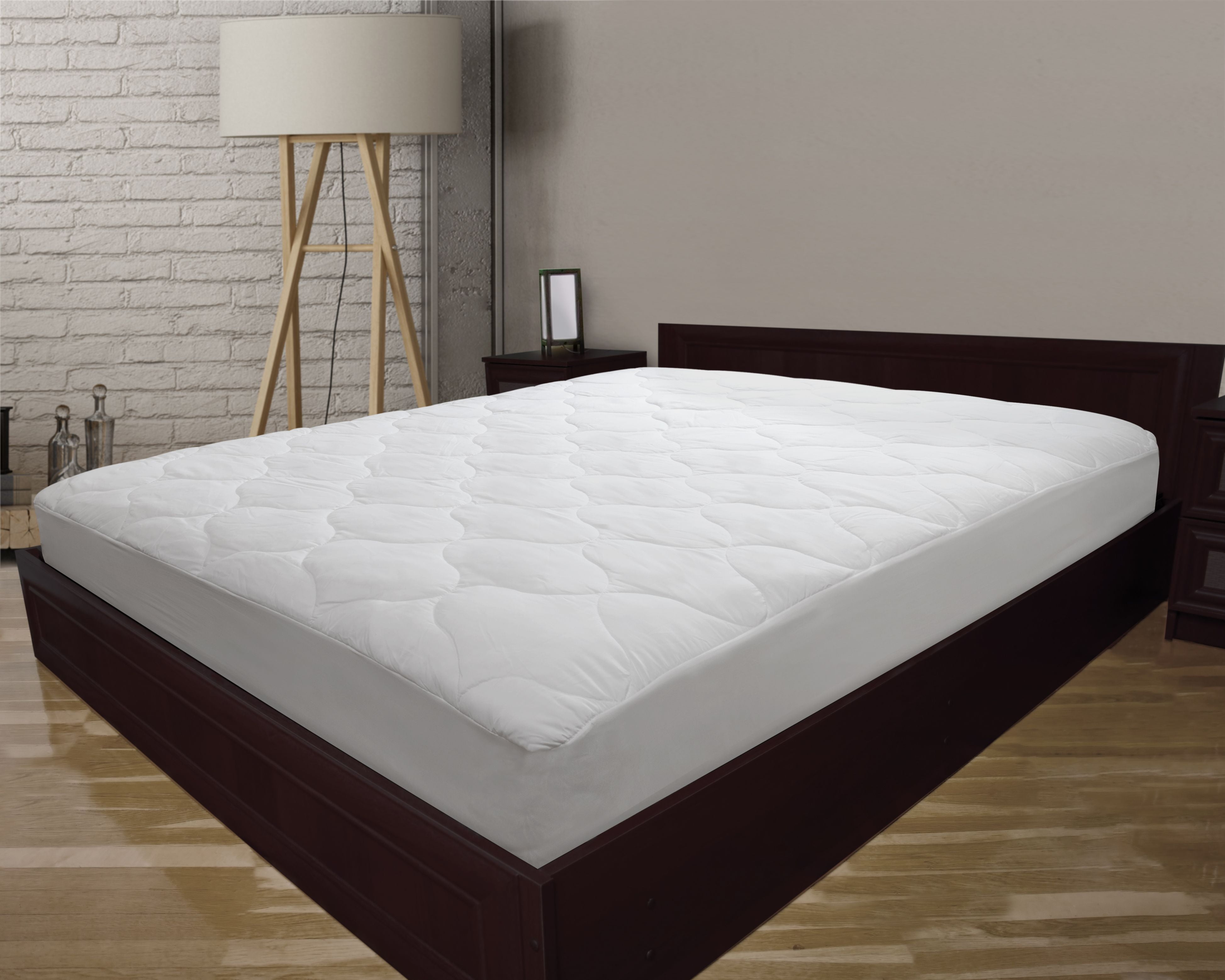Neutral colors are a classic choice for living rooms, providing a timeless and versatile backdrop for any design style. These soft hues create a calm and soothing atmosphere, perfect for unwinding after a long day or hosting guests. When it comes to a neutral color palette, think shades of white, beige, gray, and taupe. These colors can be mixed and matched to create a cohesive and inviting space. Use lighter shades for a more airy and open feel, or darker tones for a more sophisticated and cozy vibe. One advantage of a neutral color scheme is its ability to complement any accent color. Whether you prefer bold and bright shades or subtle pastels, a neutral backdrop allows your accents to stand out and make a statement. For a modern and sleek look, pair a neutral color palette with clean lines and minimalistic furniture. For a more traditional feel, use warm wood tones and soft textures to add warmth and depth to the room.Neutral Color Palette
Warm colors are perfect for creating a cozy and inviting living room. These hues evoke feelings of comfort and warmth, making them a popular choice for family gathering spaces. Reds, oranges, and yellows are all considered warm colors and can be used in varying shades to create a warm color scheme. However, it's important to strike a balance and not use too much of these bold shades, as they can be overwhelming if overused. One way to incorporate a warm color scheme is by using accent pieces such as throw pillows, rugs, and artwork. This allows you to add pops of color without overwhelming the room. Another option is to use warm tones for larger pieces of furniture, such as a sofa or accent chairs, and balance it out with neutral or cool-toned walls. Overall, a warm color scheme is perfect for creating a cozy and welcoming living room, perfect for snuggling up with a good book or hosting a game night with friends.Warm Color Scheme
If you prefer a more calming and serene living room, a cool-toned color palette may be the perfect choice for you. These colors are typically found on the blue, green, and purple spectrum, and can create a refreshing and tranquil atmosphere. Cool tones are perfect for making a small living room feel larger and more open. Lighter shades of blue and green can create an illusion of space, while darker shades add depth and drama to the room. Gray is also a popular cool-toned color that can be used as a neutral base or as an accent color. Pairing it with a pop of a brighter cool color, such as teal or lavender, can add a touch of vibrancy and interest to the room. Overall, a cool-toned living room is perfect for those who prefer a calming and refreshing space, with a touch of sophistication and elegance.Cool Tones Living Room
If you're looking for a simple and cohesive color palette for your living room, consider going monochromatic. This means using different shades and tones of the same color throughout the room. For example, a monochromatic color palette for a living room could include varying shades of blue, such as navy, sky blue, and baby blue. This creates a harmonious and visually appealing space, without the need for multiple accent colors. One advantage of a monochromatic color scheme is its versatility. You can mix and match different shades and tones of the same color to create a unique and personalized look. You can also play with different textures and patterns to add depth and interest to the room. Overall, a monochromatic color palette is a great option for those who prefer a clean and cohesive look, with the ability to add subtle pops of color and texture.Monochromatic Color Palette
For those who love the warmth and richness of nature, an earth tone color palette may be the perfect choice for a living room. These colors are inspired by the natural elements of the earth, such as wood, stone, and foliage. Browns, greens, and tans are all considered earth tones and can be used to create a warm and inviting living room. These colors are perfect for creating a cozy and rustic feel, perfect for a cabin or farmhouse-inspired design. To prevent the room from feeling too dark and heavy, balance out the earth tones with lighter neutrals and pops of a brighter color, such as orange or yellow. This will add a touch of vibrancy and energy to the room. Overall, an earth tone living room is perfect for those who want to bring the beauty of nature into their home, creating a warm and inviting space for relaxation and comfort.Earth Tone Living Room
If you want to make a statement and add a splash of personality to your living room, a bold and bright color scheme may be the way to go. These vibrant colors can add energy and vibrancy to a space, making it a fun and lively gathering place. Hot pink, electric blue, and sunny yellow are just a few examples of bold and bright colors that can be used in a living room. These colors can be used as an accent wall, furniture, or accessories to add a playful and daring touch to the room. When using a bold and bright color scheme, it's important to balance it out with neutral or muted colors to prevent the room from feeling overwhelming. You can also use different shades of the same bold color to create a layered and cohesive look. Overall, a bold and bright color scheme is perfect for those who want to add a touch of fun and personality to their living room, creating a space that is sure to make a statement.Bold and Bright Color Scheme
For a soft and delicate living room, consider using a pastel color palette. These light and airy hues are perfect for creating a calming and serene atmosphere, perfect for unwinding after a long day. Soft pinks, light blues, and pale yellows are all examples of pastel colors that can be used in a living room. These colors can be used as a base for the walls or as accents through furniture, pillows, and artwork. To prevent the room from feeling too saccharine, balance out the pastel colors with neutral or muted tones. You can also add a touch of contrast with darker shades of the same pastel color. Overall, a pastel color palette is perfect for creating a romantic and dreamy living room, perfect for curling up with a cup of tea and a good book.Pastel Color Palette
If you dream of living by the sea, a coastal color palette may be the perfect choice for your living room. These colors are inspired by the beach, sea, and sky, creating a serene and tranquil atmosphere in your home. Soft blues, sandy neutrals, and seafoam greens are all popular coastal colors that can be used in a living room. These colors can be paired with natural materials, such as wicker, rattan, and driftwood, to add a touch of beachy charm to the room. To prevent the room from feeling too themed, balance out the coastal colors with white or off-white as a neutral base. You can also add pops of a brighter color, such as coral or turquoise, for a fun and playful touch. Overall, a coastal color palette is perfect for creating a relaxed and breezy living room, transporting you to a peaceful seaside retreat.Coastal Living Room Colors
If you love the warmth and charm of a cozy cabin or farmhouse, a rustic color scheme may be the perfect fit for your living room. These colors are inspired by the natural elements of the outdoors, creating a warm and inviting atmosphere. Earthy browns, deep greens, and warm reds are all examples of colors that can be used in a rustic living room. These colors can be incorporated through furniture, textiles, and accessories, creating a cohesive and inviting space. To prevent the room from feeling too dark and heavy, balance out the rustic colors with lighter neutrals and pops of a brighter color, such as mustard or burnt orange. This will add a touch of energy and vibrancy to the room. Overall, a rustic color scheme is perfect for creating a cozy and inviting living room, perfect for curling up by the fireplace on a chilly evening.Rustic Color Scheme
For a sleek and sophisticated living room, consider a modern color palette. These colors are typically crisp and clean, with a focus on cool tones and neutrals, creating a minimalist and contemporary look. Grays, whites, and blacks are all popular choices for a modern living room. These colors can create a timeless and elegant backdrop for any design style, whether it be industrial, mid-century, or Scandinavian. To add a touch of excitement and interest, incorporate pops of bold and bright colors through accents, such as pillows, rugs, or artwork. This will add a touch of personality and energy to the room. Overall, a modern color palette is perfect for those who prefer a sleek and refined living room, with the flexibility to add pops of color and character as desired.Modern Living Room Colors
The Importance of Choosing the Right Color Palette for Your Living Room

Creating the Perfect Atmosphere
 The living room is the heart of the house, where families gather to relax, entertain guests, and spend quality time together. It is essential to create a warm and inviting atmosphere in this space, and one of the most effective ways to do so is by choosing the right color palette.
Color has the power to evoke emotions and set the tone for a room, making it an essential element in interior design.
When it comes to the living room, the color palette you choose will have a significant impact on the overall feel of the space.
The living room is the heart of the house, where families gather to relax, entertain guests, and spend quality time together. It is essential to create a warm and inviting atmosphere in this space, and one of the most effective ways to do so is by choosing the right color palette.
Color has the power to evoke emotions and set the tone for a room, making it an essential element in interior design.
When it comes to the living room, the color palette you choose will have a significant impact on the overall feel of the space.
Consider the Size and Natural Light
 Before deciding on a color palette, it is crucial to take into account the size and natural light of your living room.
Lighter colors tend to make a room feel more spacious, while darker colors can make a room feel cozier and more intimate.
If your living room is small, it may be best to stick to lighter shades to avoid making the space feel cramped. However, if your living room is large and has plenty of natural light, you can experiment with darker colors to create a warm and inviting atmosphere.
Before deciding on a color palette, it is crucial to take into account the size and natural light of your living room.
Lighter colors tend to make a room feel more spacious, while darker colors can make a room feel cozier and more intimate.
If your living room is small, it may be best to stick to lighter shades to avoid making the space feel cramped. However, if your living room is large and has plenty of natural light, you can experiment with darker colors to create a warm and inviting atmosphere.
Choosing a Color Scheme
 When selecting a color palette for your living room, it is essential to choose a cohesive color scheme that ties the room together.
One popular color scheme is the monochromatic scheme, which uses different shades and tints of the same color to create a harmonious look.
If you prefer a more vibrant and eye-catching living room, you can opt for a complementary color scheme, which uses colors that are opposite each other on the color wheel. Whichever color scheme you choose, make sure it reflects your personal style and complements the rest of your home's decor.
When selecting a color palette for your living room, it is essential to choose a cohesive color scheme that ties the room together.
One popular color scheme is the monochromatic scheme, which uses different shades and tints of the same color to create a harmonious look.
If you prefer a more vibrant and eye-catching living room, you can opt for a complementary color scheme, which uses colors that are opposite each other on the color wheel. Whichever color scheme you choose, make sure it reflects your personal style and complements the rest of your home's decor.
Adding Accents and Textures
 Once you have chosen the main colors for your living room, it is time to add accents and textures to bring the space to life.
Accents such as throw pillows, rugs, and curtains can add pops of color and personality to your living room.
You can also incorporate different textures, such as velvet, leather, or fur, to add dimension and interest to the room. These small details can make a big difference in the overall look and feel of your living room.
Once you have chosen the main colors for your living room, it is time to add accents and textures to bring the space to life.
Accents such as throw pillows, rugs, and curtains can add pops of color and personality to your living room.
You can also incorporate different textures, such as velvet, leather, or fur, to add dimension and interest to the room. These small details can make a big difference in the overall look and feel of your living room.
Conclusion
 In conclusion, choosing the right color palette for your living room is crucial in creating the perfect atmosphere. Consider the size and natural light of your space, choose a cohesive color scheme, and add accents and textures to bring your living room to life. By following these tips, you can create a beautiful and inviting living room that reflects your personal style and makes your house feel like a home.
In conclusion, choosing the right color palette for your living room is crucial in creating the perfect atmosphere. Consider the size and natural light of your space, choose a cohesive color scheme, and add accents and textures to bring your living room to life. By following these tips, you can create a beautiful and inviting living room that reflects your personal style and makes your house feel like a home.

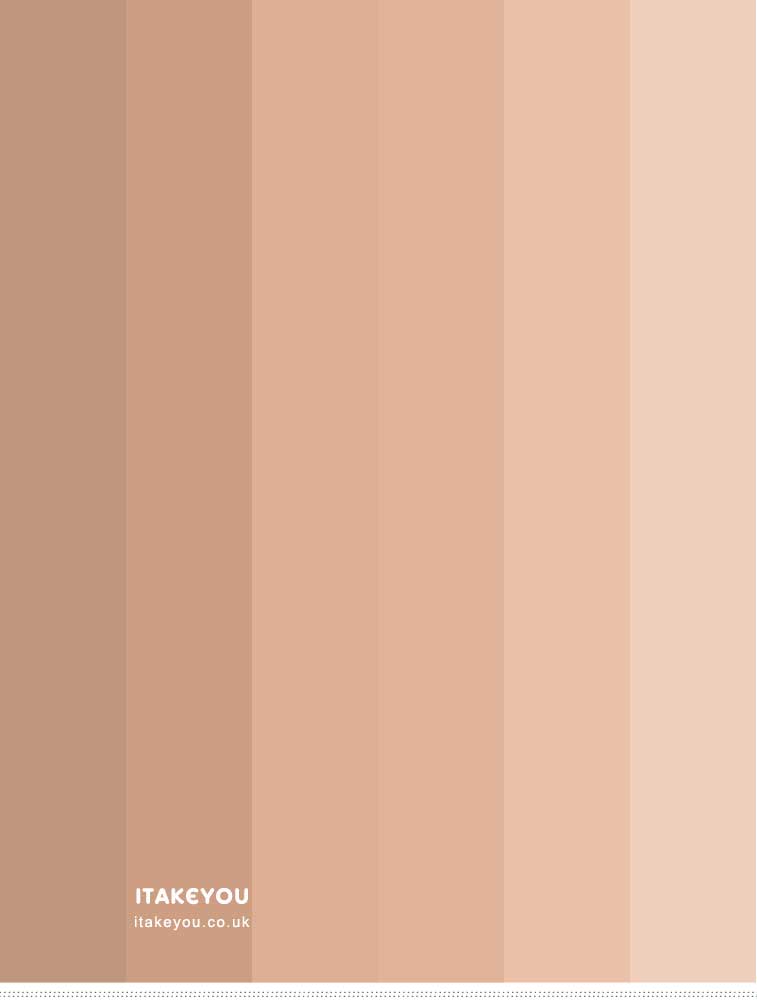




:max_bytes(150000):strip_icc()/MyDomaine_ColorPalette-Neutral-1-fe9a91dcf8814904a630a0d928216bcd.jpg)
/MyDomaine_ColorPalette-Neutral-2-3590678b1c9143e28dd6b536f0a1e008.jpg)





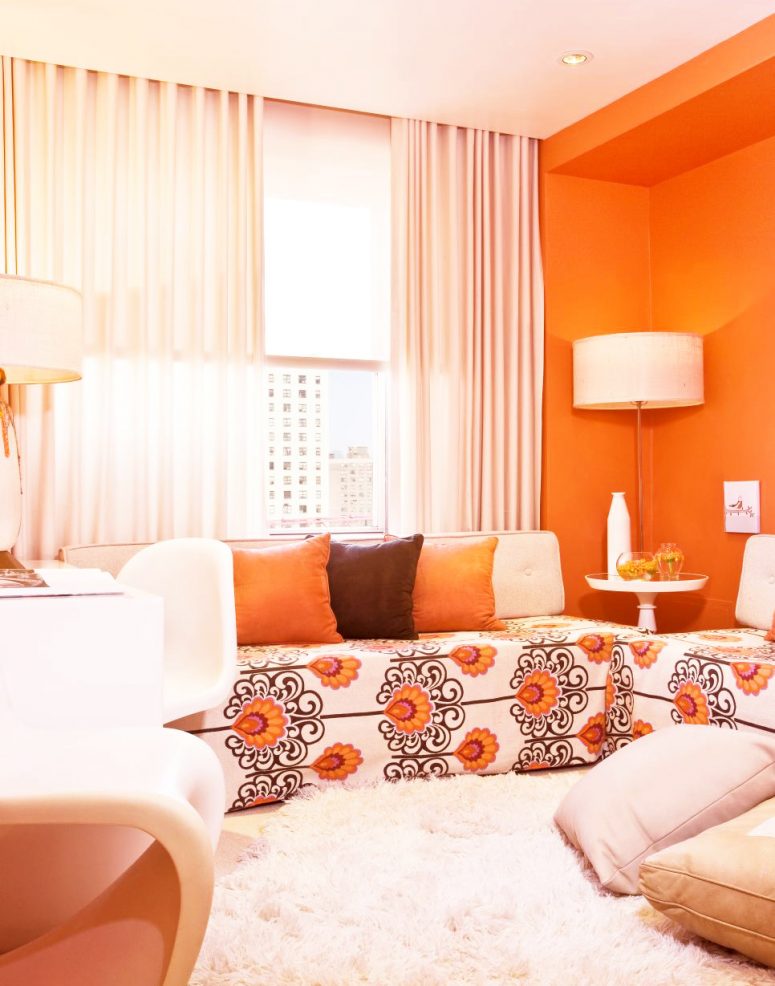


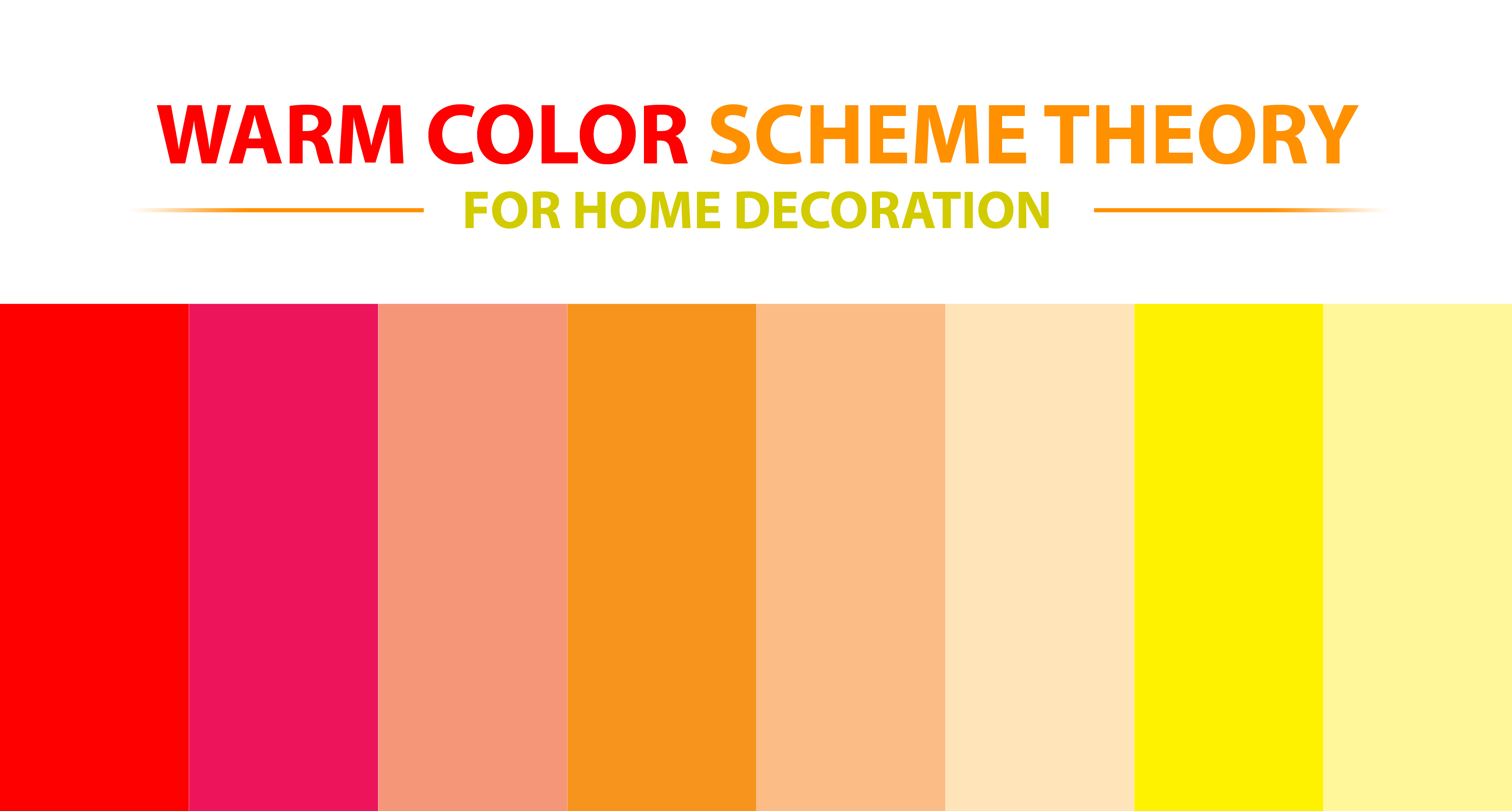

/Homedecorwarmcolors-GettyImages-640896866-596fcc88af5d3a00110c5931.jpg)





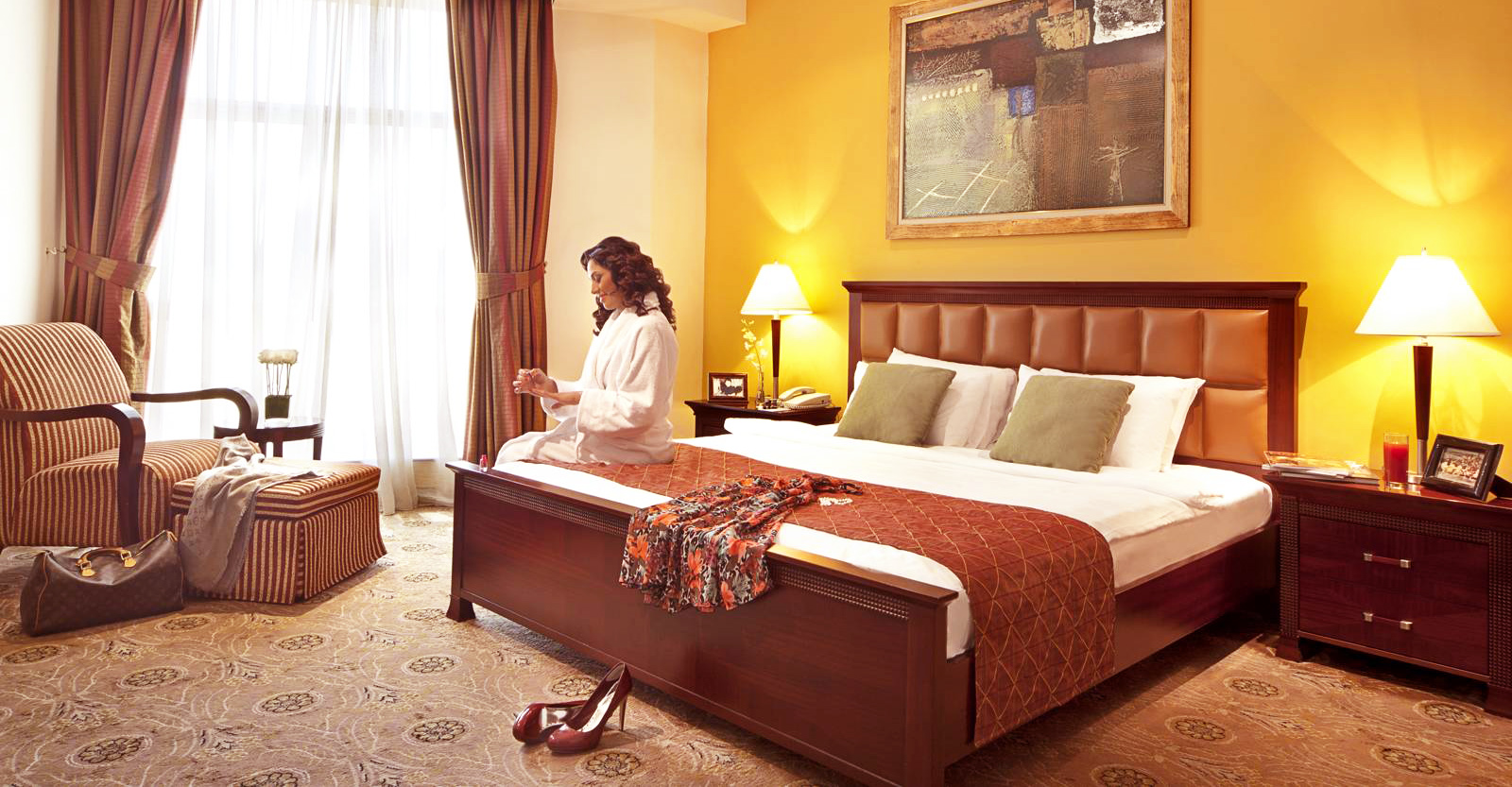



:max_bytes(150000):strip_icc()/Litchfield_BeresfordHill_025-5b89787fc9e77c00258aa53c.jpg)


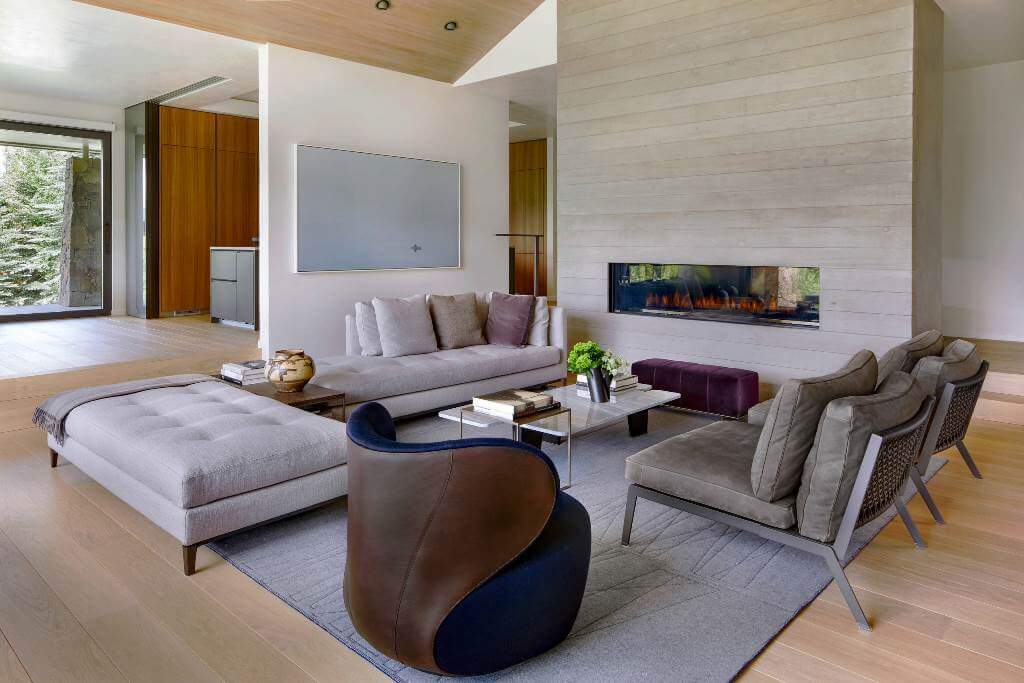
:max_bytes(150000):strip_icc()/ScreenShot2019-09-11at9.11.50AM-ce5f668a225444bc8e38f7cea1d73c72.png)
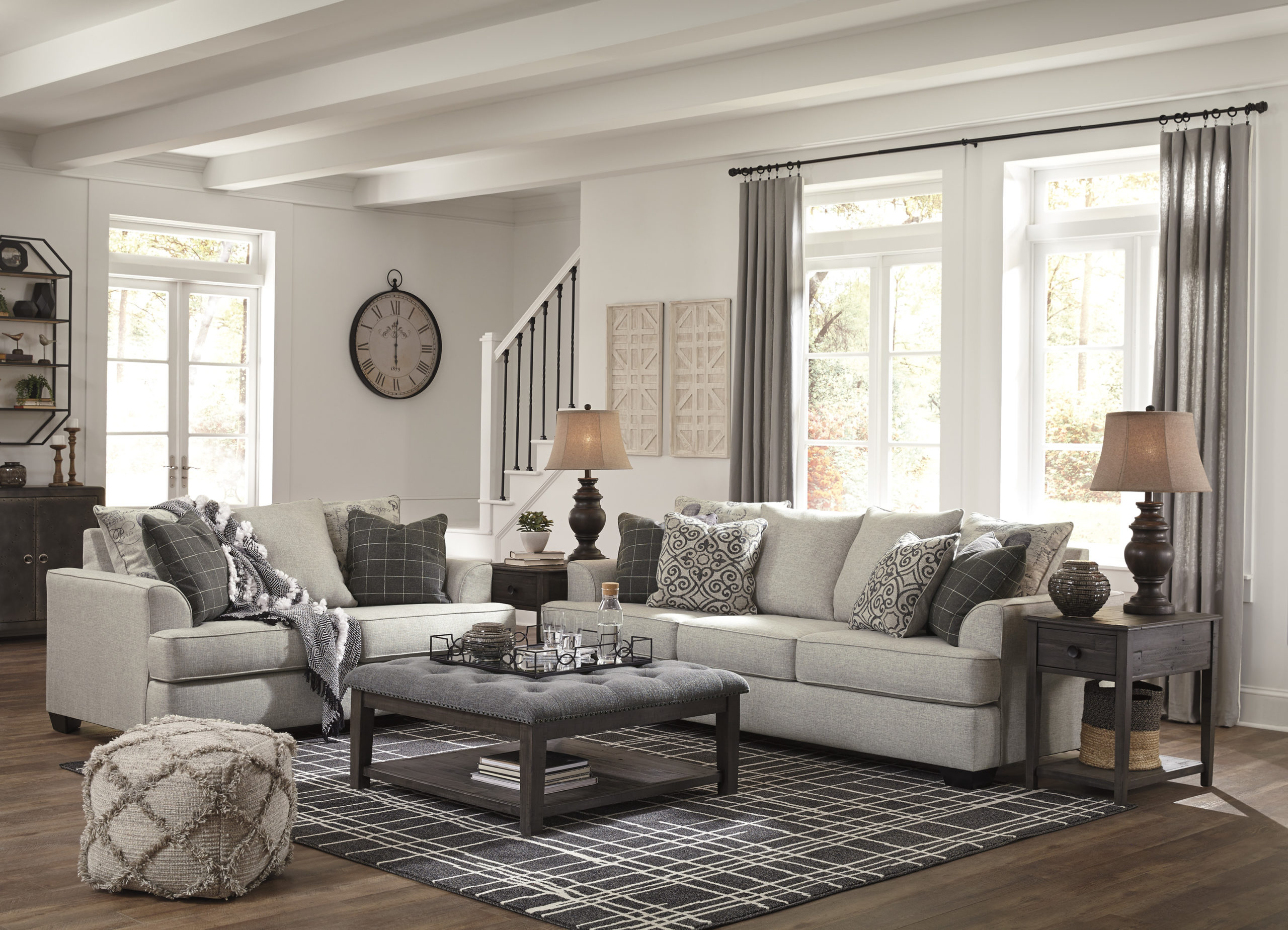


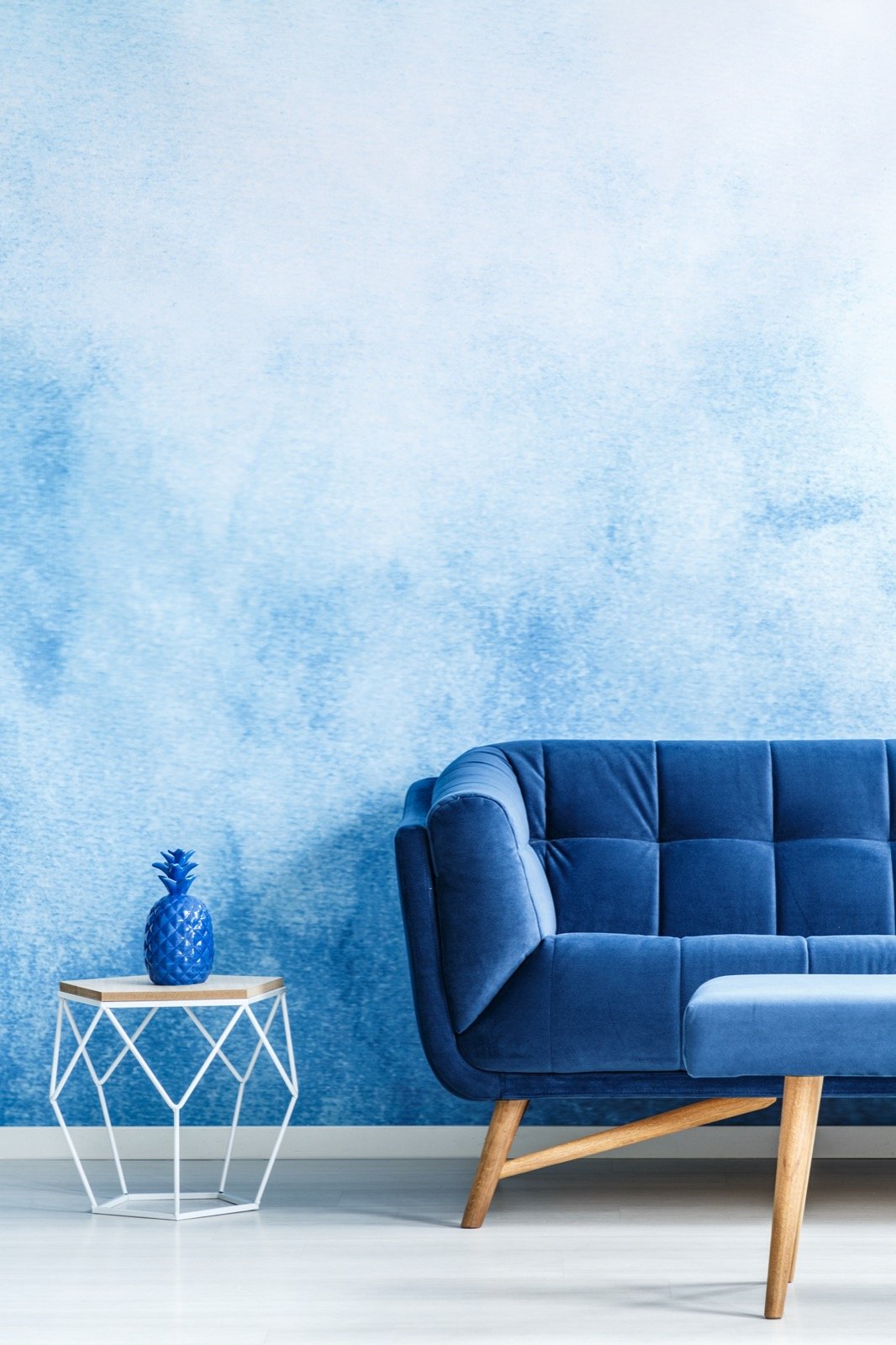








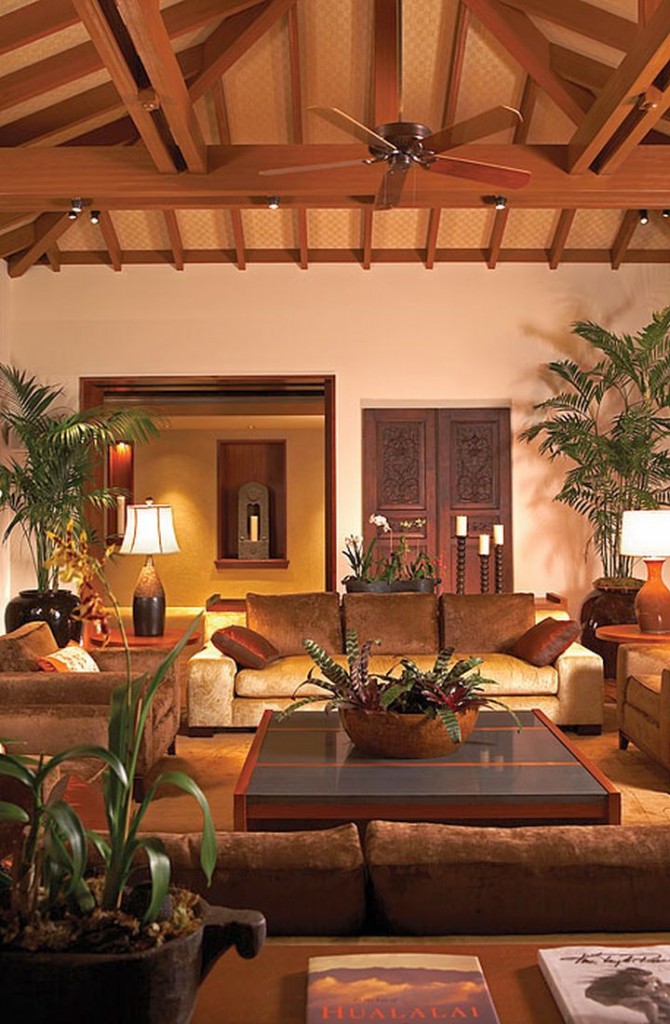



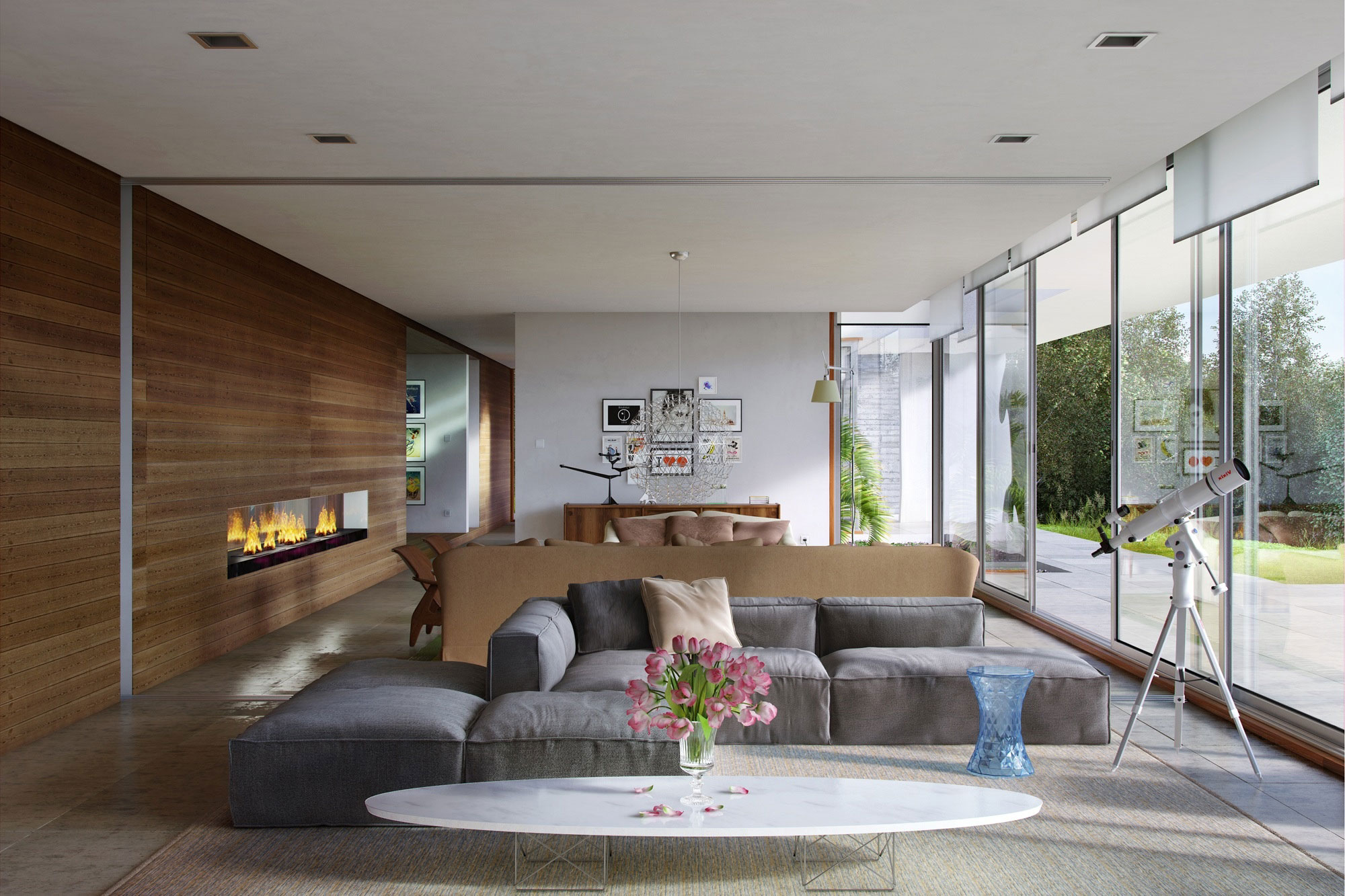

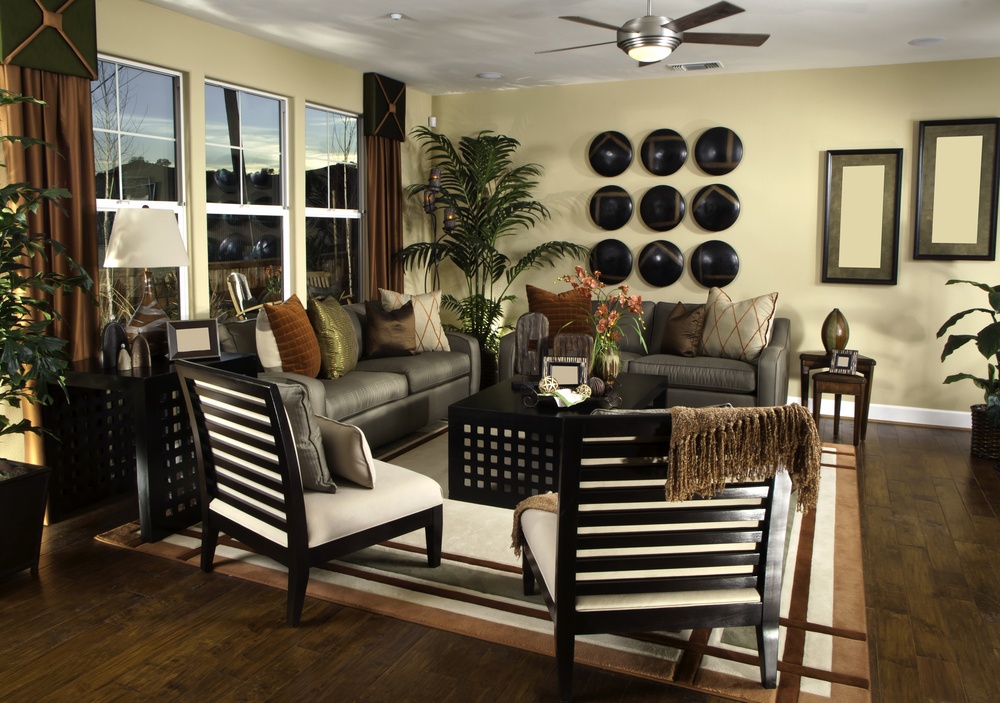

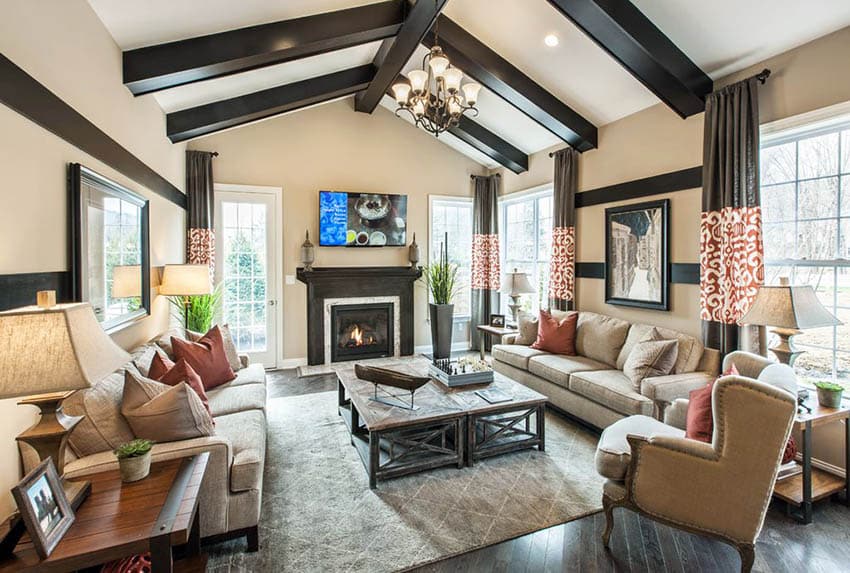





















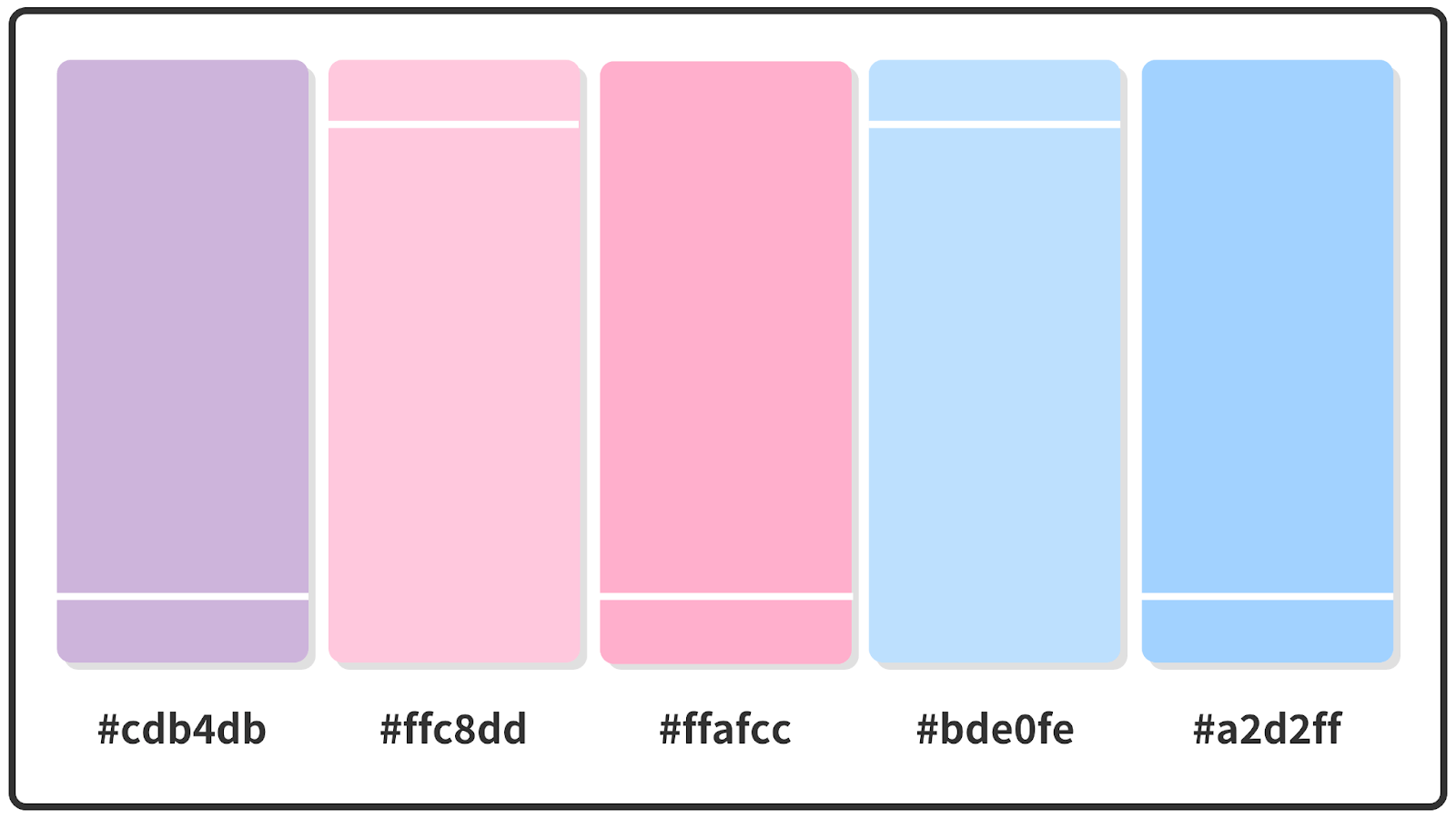
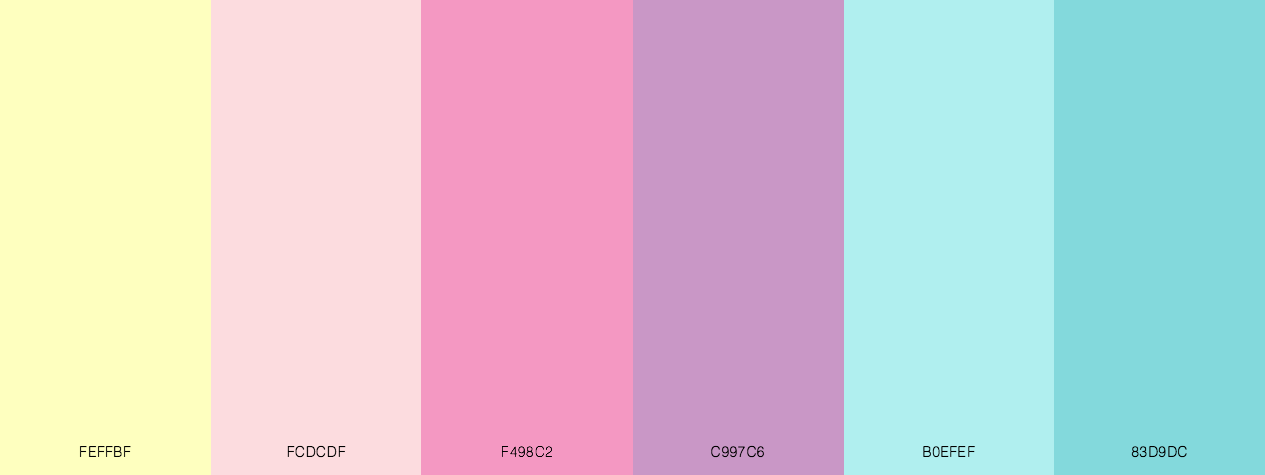

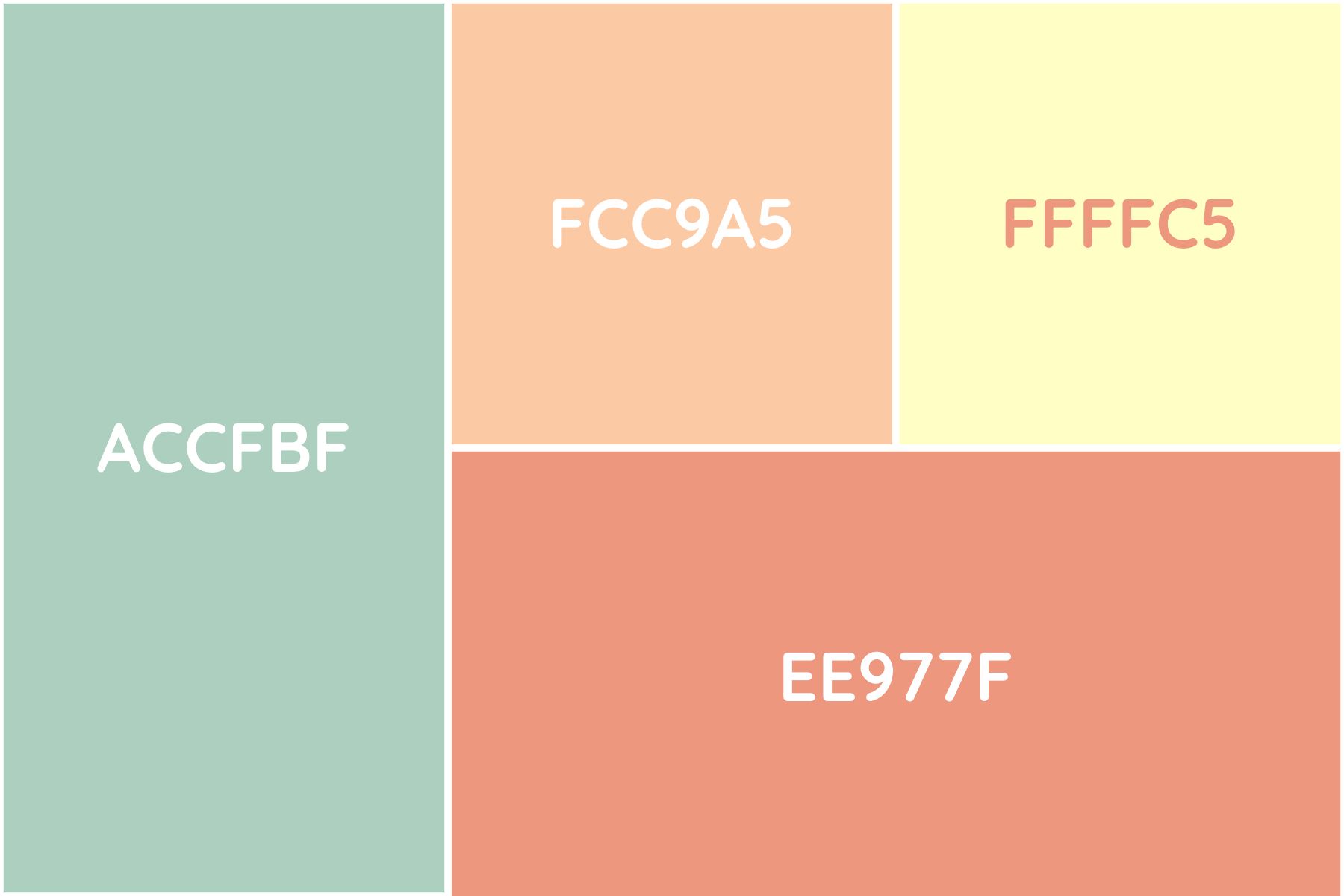







:max_bytes(150000):strip_icc()/Divaroom-5ad4ff7feb97de00371a098a.jpg)


